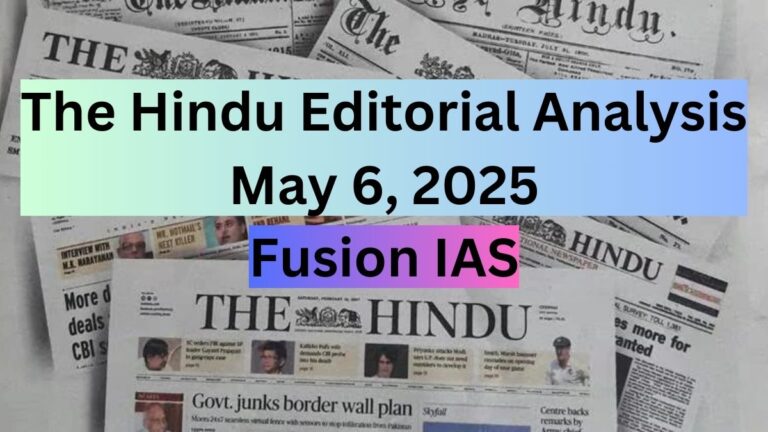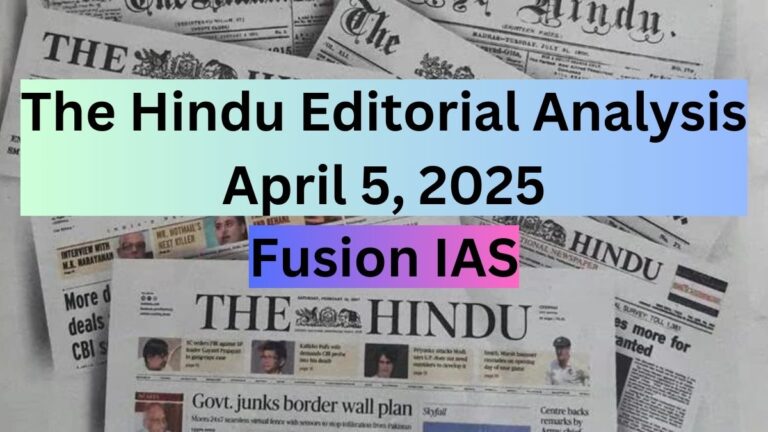
With civilisation, came bureaucracy and red tape
One might assume that red tape is a modern affliction, but history tells a different story. The origins of bureaucratic complexities can be traced back over 4,000 years to the ancient Sumerians. Archaeologists from the British Museum and Iraq have recently unearthed administrative tablets from the ancient city of Girsu (modern-day Tello in Iraq), shedding light on an elaborate system of record-keeping that governed the temple state.
The Akkadian Empire and Administrative Control
During the reign of Sargon, the Akkadian Empire (2300-2150 BC) developed a meticulous bureaucratic structure designed to ensure nothing escaped scrutiny. From tracking the weight of livestock and barrels of beer to recording inventories of grain and expenses on gemstones and fish, everything was documented in cuneiform on stone tablets. These records formed the basis of the state archive, setting a precedent for governance that persisted in later civilisations.
Bureaucratic Traditions Across Civilisations
The Sumerians were not alone in their bureaucratic obsession. Ancient Egypt’s pharaohs employed entire departments to tally bricks, measure stone blocks, and track labor hours. In China, the Zhou dynasty (1046-256 BC) codified various aspects of life through a vast network of officials. By the Han Dynasty (206 BC-220 AD), civil service examinations demanded mastery of Confucian texts, institutionalizing bureaucratic control.
The Enduring Burden of Red Tape
Despite advancements in the digital age, bureaucracy’s reputation for inefficiency remains unchanged. Historical records reveal complaints about ineffective officials, much like modern frustrations with government red tape. While administrative systems are essential for governance, their complexity continues to test patience—an enduring legacy of civilisation’s oldest institutions.
Disclaimer:
This analysis is based on the editorial content published in Indian Express and is intended solely for informational and educational purposes. The views, opinions, and interpretations expressed herein are those of the author of original article. Readers are encouraged to refer to the original article for complete context and to exercise their own judgment while interpreting the analysis. The analysis does not constitute professional advice or endorsement of any political, economic, or social perspective.
Follow Fusion IAS


